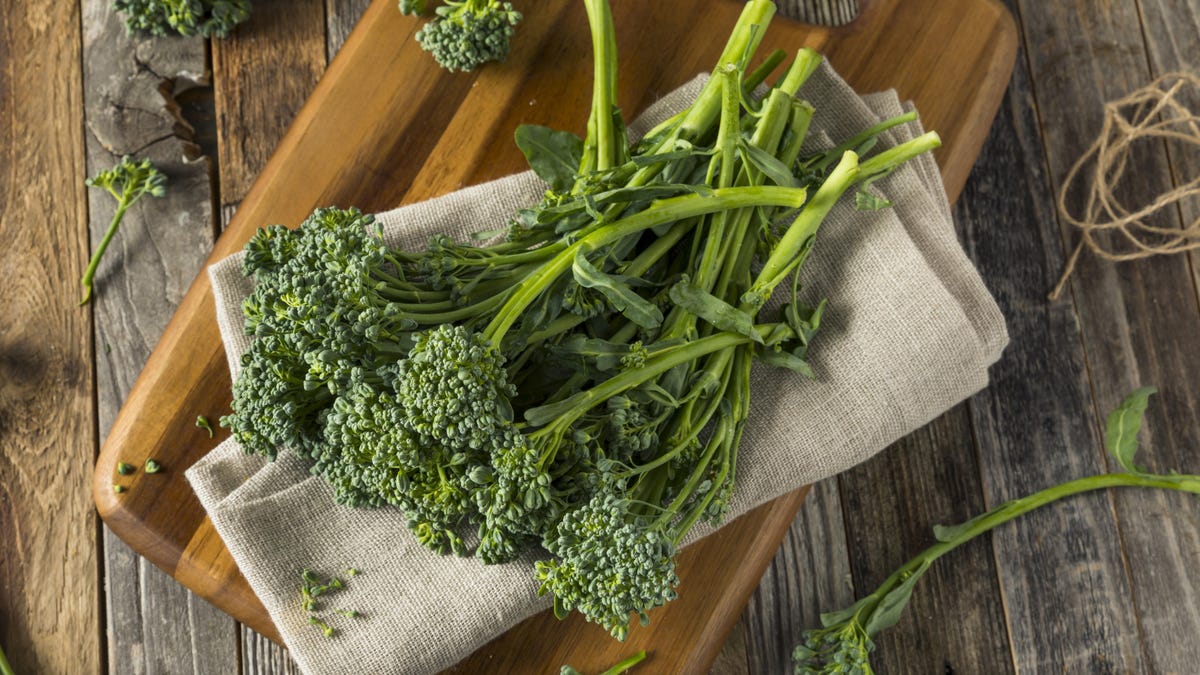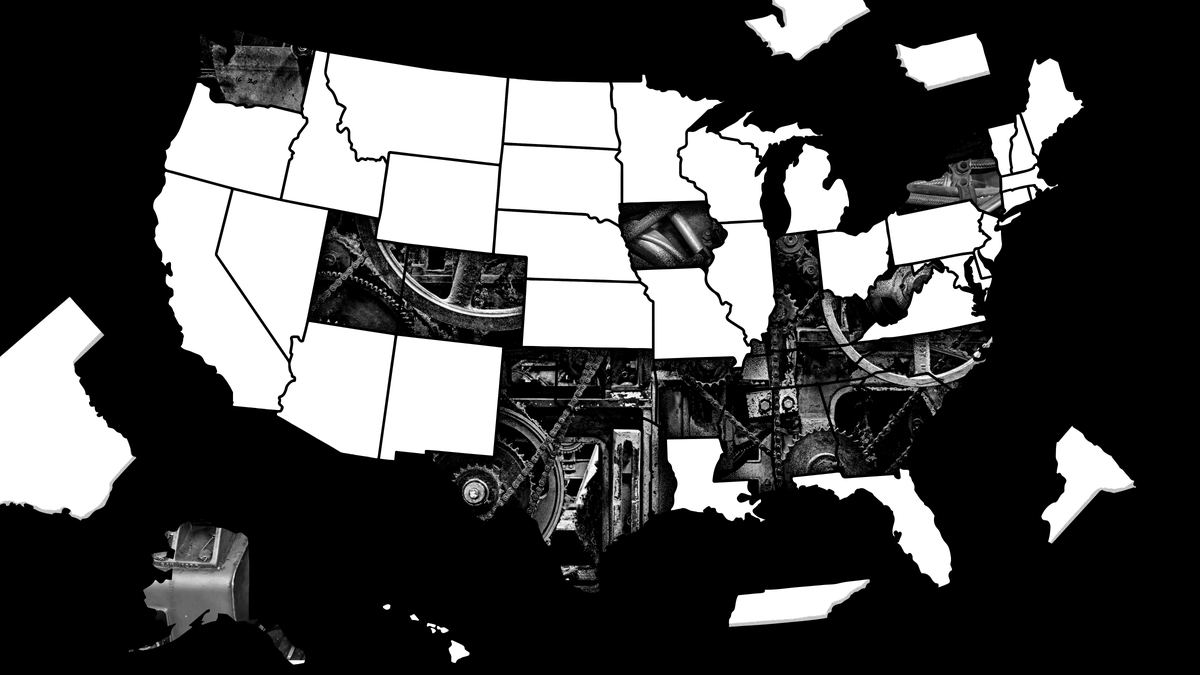How to Start Meal Prepping Without It Taking Over Your Life
When you get serious about your fitness goals (be they strength- or weight-related), often one first step is to get your nutrition in order. You want to get enough protein to support your muscles, fruits and vegetables for health,...


Photo: Elena Veselova (Shutterstock)
When you get serious about your fitness goals (be they strength- or weight-related), often one first step is to get your nutrition in order. You want to get enough protein to support your muscles, fruits and vegetables for health, carbs for fuel, and a total amount of calories that supports your activity and your goals without undereating or overeating.
If you’ve ever gotten to the end of the day and realized you are nowhere near on track for your daily goals, you get the idea behind planning your meals and even preparing (“prepping”) them ahead of time. A bodybuilder who eats the stereotypical chicken and broccoli for lunch every day may get bored with his meals but he also knows how much protein he’s getting without even thinking about it.
But meal-prepping has its pitfalls. Maybe you will be bored with your meals. Or maybe you won’t even get that far, and you’ll burn out just from the mental and physical effort of cooking a whole week’s meals at once. With that in mind, here are some beginner tips to ease into the process with your sanity intact.
Have a go-to breakfast
Before we start prepping anything, let’s start planning. Most of us are fine with eating the same breakfast every day, and there’s a good chance you already have a few favorites that you can throw together quickly before you’ve fully woken up.
G/O Media may get a commission

2 for $60
Crocs: 2 for $60
Step in style
Included in this sale are some very on-trend marble and tie-dye varieties, from black and white to sorbet pastels. Text your mom: she's gonna want a pair.
So, your first step is to come up with a breakfast that fits your macros and that is easy to prepare. We’re taking baby steps here, so don’t worry too much about prepping this ahead of time. Just make sure that it will be ready when breakfast time arrives.
For example, maybe your breakfast is yogurt and fruit. That’s easy enough: Buy some yogurt and buy some fruit. In the morning, you can put the two together. Or you can make something the night before to grab on your way out the door. I like to make Bircher muesli two servings at a time, since each calls for half an apple. So on Sunday night, I’ll prep jars for Monday and Tuesday. On Tuesday night I’ll make another pair.
Save your takeout containers
When we start packing up dinners and lunches, we’ll need something to put them in. While cute little Bento-esque Tupperwares may look nice, you may decide you don’t actually want all those divided containers. Or the boxes you buy may turn out to be the wrong size once you start filling them. Save money and time by selecting one or two types of takeout container that you get plenty of, and save those whenever you get them. I like the flat rectangular ones and the round one-pint soup containers. (You can also buy them in bulk if you need fresh ones.)
Make one meal at a time
After you get into the habit of eating your planned breakfast every day, the next step is to choose a second meal. For most of us, it will be lunch. This way, you have your first two meals taken care of, and you’re still free to make any dinner plans you like. (It is fine if you never advance past this stage.)
I also recommend, at least at first, not planning for seven days at a time. Since I work a Monday-through-Friday job, I like to prep my weekday meals and then wing it on the weekends. (This usually involves my regular breakfast, some kind of meal scrounged from leftovers, and often a takeout meal or two.)
For your first foray, I recommend finding a recipe that makes three servings. Two such recipes will get you through the work week with one to spare. You can even alternate the two meals.
An important food safety tip: Meals prepped on Sunday aren’t going to be in the greatest shape come Saturday. I recommend choosing one of the following strategies:
On Sunday, make one dish and divide it up for Monday, Tuesday, and Wednesday meals; then on Wednesday night, make another three-serving dish for the second half of the week. On Sunday, make both your dishes so you can alternate. Pop three of the meals into the freezer. Then, on Tuesday or Wednesday, take them out of the freezer to begin to thaw.Try a recipe before you commit
Ready to start making that first meal? Hold up: Did you choose a recipe you actually like? I’m not asking whether it looks good in photos. The ideal meal prep recipe is something that you have not only eaten in the past, but also one where you have an idea of how well it reheats.
That means that you can stay off the recipe websites for now. Choose an old favorite; you can get experimental later. And if you ever become tempted to make, say, a month’s worth of food on your meal prep day, definitely try that exact recipe out in a one-week batch first.
Be lazy
This is honestly my most important tip. When I started meal prepping, I’d spend an entire Sunday afternoon shopping and cooking. My feet would ache and my other household chores would be unfinished. No time or effort was saved, it was just moved.
I’ve gotten better since then. One of my favorite meal preps is to buy two bags of Trader Joe’s chimichurri rice, and a pound of ground beef, and heat each of them up appropriately and combine them. The job is done in barely 15 minutes, and I now have four lunches for the week that each fit perfectly into one of those round soup containers. Do I care that Mr. Joe gets half the credit for my culinary artistry? I do not.
If you’re going to make everything from scratch, make it easy on yourself. Buy frozen veggies, since they’re already chopped. Get a rice cooker if you find yourself using rice for a lot of your meals. If there’s a special homemade sauce or condiment you want to use, allow yourself that one labor-intensive item, and make sure your other tasks are simple ones.
For example, most items in the animal and vegetable kingdoms can be thrown onto a sheet pan and roasted. I’ll buy some frozen fish and fresh or frozen veggies, and then roast a tray of each with appropriate seasonings. (Olive oil and garlic salt are perfect for broccoli or, to be honest, any vegetable.) Chicken tenderloins marinated in mayo are another protein option that go with anything and can be prepared en masse. Thanks to the extra moisture, they reheat superbly well.
You get the idea: Make a lazy meal, make no more of it than you will actually eat, and pack it into the containers that you already have around. Don’t expect to get everything perfect at first; you’ll refine your workflow over time.

 Tfoso
Tfoso 































